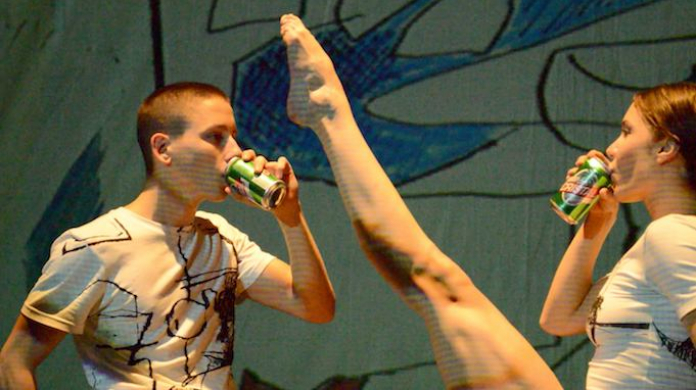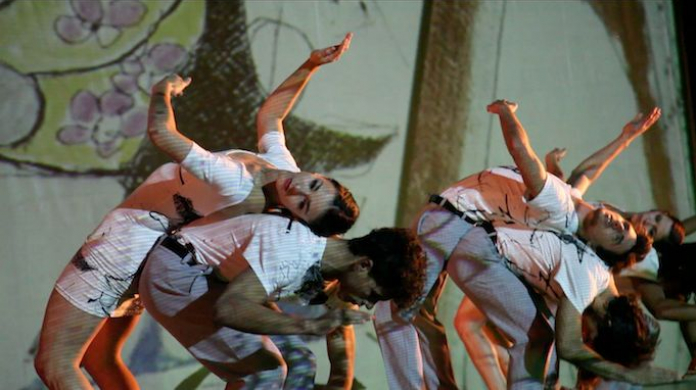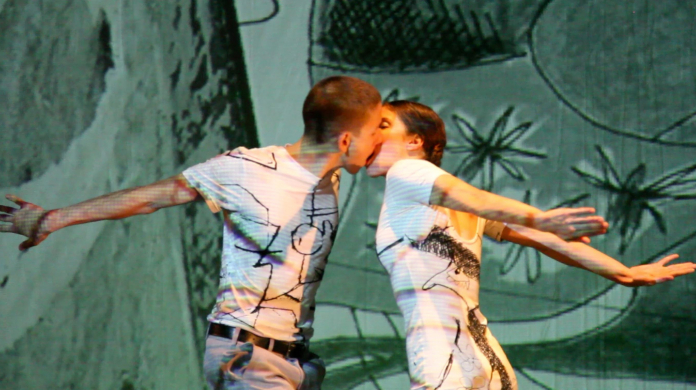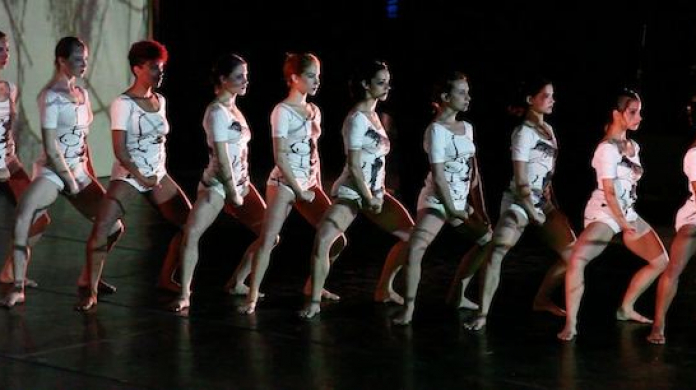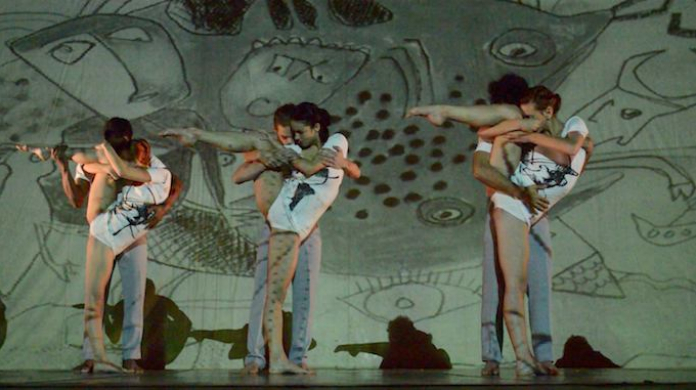Billy Cowie shares some stories from his recent trip to Cuba
It takes 20 to tango
In one of the reviews for my new piece, Tangos Cubanos, the reader is told to run to see Danza Contemporanea de Cuba (DCC) – I would agree. They are, simply said, the best dance company in the world (and by a country mile). Forget Mariinsky, Pina Bausch Company, Forsythe etc – DCC are the real deal. They are all technically superb dancers willing to do anything, brimming with energy, intelligent and, for me above all, full of personality – every one is a true individual. I ended my last Cuban blog a year ago by saying (on being invited back to make the piece for this company), "never say dreams don’t come true". and this experience has been a magical dream.
That is not to say that everything has been plain sailing – nothing is easy in Cuba. But luckily I was not alone. Normally you have a little angel on one shoulder and a little devil on the other, but on this trip I had two British Council angels, Laura Perez and Laura Alos, expertly guiding me and leading me. So what is not easy? Number one: the internet – or rather lack of it. Everyone in UK says how refreshing it is not to worry about email boxes – we survived 30 years ago without it so what is the big deal?
The big deal is that 30 years ago, nobody had it, so nobody was sending you urgent requests for photos for the next show and asking which plane you wanted. Number two: buying things – basically anything from outside the island can't be bought, whether it is a lead, a stretchy white costume or a tripod. Thirdly: food. What can I say? Cubans are simply not interested in food – they have other priorities, among them dancing all night. Coming from three weeks in Japan where the food is exquisite and a much higher priority than dancing all night, this was a little tough. I had my own kitchen, but finding ingredients was difficult. Hmmm, pineapples, beans and rice? OK, but for five weeks? (Having said that, on my first venture into Waitrose on returning to the UK, the overflowing shelves seemed a little obscene.)
And so to the new piece, Tangos Cubanos – a doubly difficult challenge. What do I know of tangos and what do I know of Cuba? Well, actually, this is my fourth foray into the tango world; the first was the obscene Tango Connie for my company, Divas, with four dancers in red corduroy lederhosen (there is also somewhere in the ether a version of this piece with guest Rik Mayall); then the solitary Tango de Soledad and thirdly the film Tango Brasileiro with Gabriela Alcofra.
I also know my music history – the first tangos were dominated by the gentle habanera rhythm (the rhythm of Havana where African and European rhythms collided) with its characteristic dum-da-dum-dum rhythm. This produces an airy lightness compared to the newer (well since the 1930s, actually) Argentinian tango with its heavy foursquare emphasis – a dance of the ground. As far as the rest of the tango business, without wanting to sound like Yvonne Rainer, I said "no" to the tango clichés: no to guys wearing hats, no to split skirts, no to machismo, no to roses clenched between teeth, no to posing, no to sharp suits. But yes to the tenderness that you can see on the streets of Buenos Aires of some 90-year old couple dancing just for themselves. The reviewer I mentioned earlier also said "The Argentine Enrique Santos Discepolo, considered one of the greatest poets of tango, defined the genre as a sad thought that is danced. Perhaps this was the single idea captured by the choreographer and composer." That works for me.
As for the Cuban angle, I was only ever there last year for three weeks, but on the other hand I was working all that time with dancers and students and technicians rather than on a holiday, and also in Cuba there is a steep learning curve. Above all, I wanted to avoid the clichés – once again I was relieved to read some of the reviews “It takes ten events, short, simple, like photos, seemingly inauspicious to provide an epic axis to the great work before us... They are memories, evocations of Havana referenced in a form so that arguably almost nothing happens, no more so than in life.”
A major element of the new piece was the enormous projected drawings by Silke Mansholt, filling the entire stage and bathing the dancers in an intricate web of light. As in Japan, I had the great privilege of having her with me for final rehearsals to fine tune the stunning pictures on the stage.
Back to the dancers – on returning home I had a sad correspondence with Annabelle, one of the other choreographers, on how much we were both missing them. True, they could get seriously out of control – one of my rehearsal visitors likened them to a kindergarten – but I said that wasn’t fair (on kindergartens, which are much more disciplined!). Anyway I don’t want a group of silent dancers staring at me – I much prefer to let them fight it out till in the end they turn to me and say "who is right?" whereupon I usually said I am completely changing that section! Their three favourite parts to rehearse were of course the beer drinking choreography, the cake eating dance and the kissing tango – cake, beer and kissing, I told them, this dance piece is like the best party ever!
Every lunchtime siting outside with the dancers, a lady (who took it upon herself to improve my Spanish, refusing to serve me unless my pronunciation was perfect) would come round with a plastic bucket of cheese toasties for five pesos each (she came to the show!). Towards the end of my five weeks the dancer Martika told me I would miss them – the toasties that is. I have the recipe, I informed her – yes but this is Cuban cheese she says shaking her head. Don’t worry, I said, I have a big suitcase which I will fill with your cheese and when it runs out I am coming back. Good, she answered.
Billy Cowie worked in Cuba with the support of the British Council.
